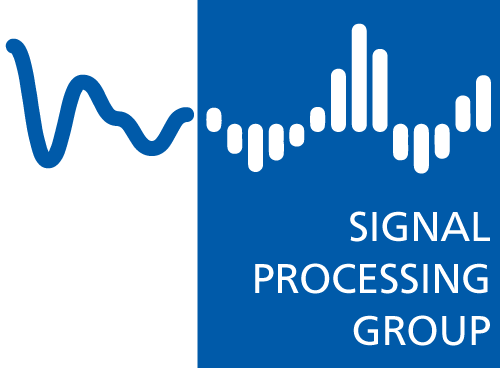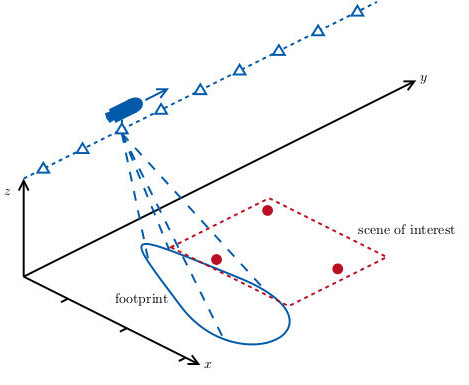Sonar (sound navigation and ranging) systems use sound propagation to navigate underwater or to detect man-made or natural objects by estimating range and angle of arrival of backscattered sound waves. Moreover, side-scan or side-looking sonar systems are used to construct images of the underwater environment which is used, for example, in exploration missions.
The Signal Processing Group closely collaborates with an industry partner who provides experimental data from exploration missions. The Signal Processing Group also collects data from on-site laboratory.
Our main research interests in the field of acoustic imaging technology cover the following areas:
Automatic detection and classification of underwater objects, image reconstruction and compensation of navigation errors, trajectory estimation for underwater vehicles, direction-of-arrival estimation, sparse signal processing and compressed sensing.
For more information on Acoustic Imaging please see the sections below or contact the respective research associates.




